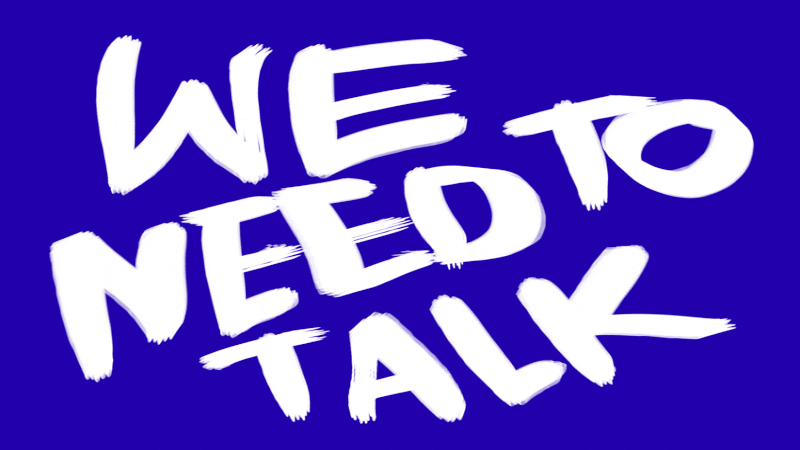Q.
I love my job as a principal, but the one thing I don’t love is having to correct or “discipline” teachers or staff. I’m not comfortable doing it, and I don’t do it well. Any advice on how to give negative feedback?
A.
Taking corrective action with teachers or staff was one of the hardest skills for me to learn as an administrator. In fact, I was so bad at it that when people left my office, they weren’t sure what just happened! But it’s the principal’s job to hold everyone accountable and to do it firmly, fairly, and respectfully, so the sooner you learn how to do it, the better.
First of all, forget the “sandwich” approach in which you start with a slice of happy talk and end with another slice of happy talk. Sandwiched in between is the critical information you have to deliver. I tried that approach, and that’s how people left my office confused as to why they had even been called in.
Then I took a workshop with an education labor-relations specialist. His first piece of advice was this: If you ever have to choose between being liked and being respected, choose being respected. This for me was a good place to start.
The specialist recommended four steps for corrective meetings:
- State the rule that’s been broken.
- State the result.
- Identify the corrective action you expect the person to take.
- If appropriate, memorialize the meeting in writing.
In Practice
Let me give you a real-life example. Students are dismissed at 2:30 every day. Teachers are to remain until 3:00. You’ve noticed that one teacher regularly leaves right after the buses, roughly 2:40. Here are the steps to address the problem:
- The rule: “Thanks for coming in, John. I need to talk to you about leaving at the end of the day. The rule is that teachers remain in the building until 3:00. I’ve seen you leave many times right after the buses leave, about 20 minutes early.”
- The result: “Consequently, you’re not available when kids are looking for extra help or if colleagues want to see you.”
- Corrective action: “So we would really appreciate your adhering to the rule and staying until three so you’re available for kids or colleagues.”
- Written record: Usually not necessary for a first, mild offense, but record in your daybook for your own use. A second offense will result in a letter.
Of course, listen respectfully to whatever John has to say, keeping in mind that the purpose of the meeting is to “deliver the message,” not to dispute the rule or John’s reasons for ignoring the rule. At the end of the meeting, thank John for coming in.
Here’s something important to remember: When you see John the next day, smile and say “Good morning.” You’ve done what you needed to do, and hopefully, that’s the end of it (but don’t forget to monitor).
If you conduct these (usually) brief meetings calmly in a straightforward manner, you will find the technique very effective. Remember that criticism should not be personal; you should address the problem the same way with any teacher or staff member. No one enjoys being corrected, but faculty and staff will respect you if you treat everyone fairly and refuse to ignore problems that arise.
Join our Facebook group Principal Life for more conversation about and insights into the challenges of school leadership.

